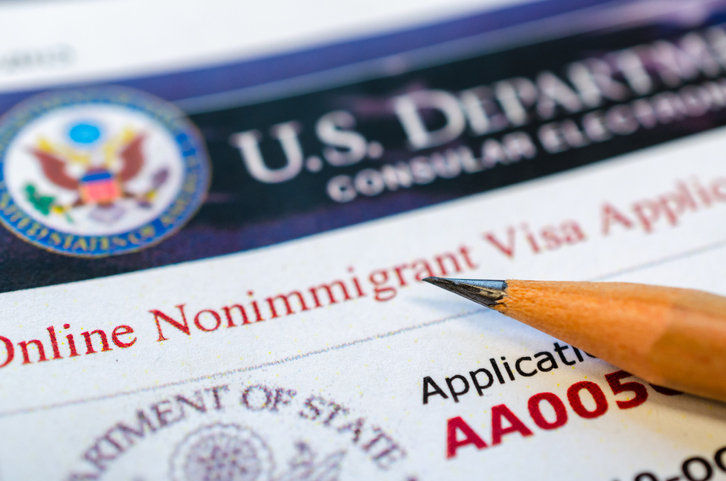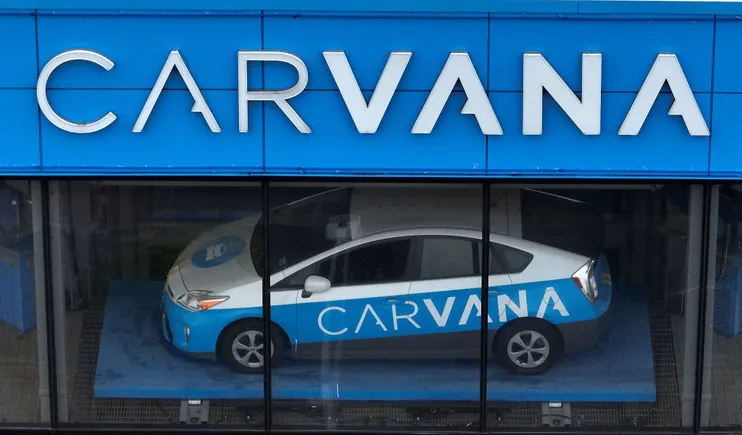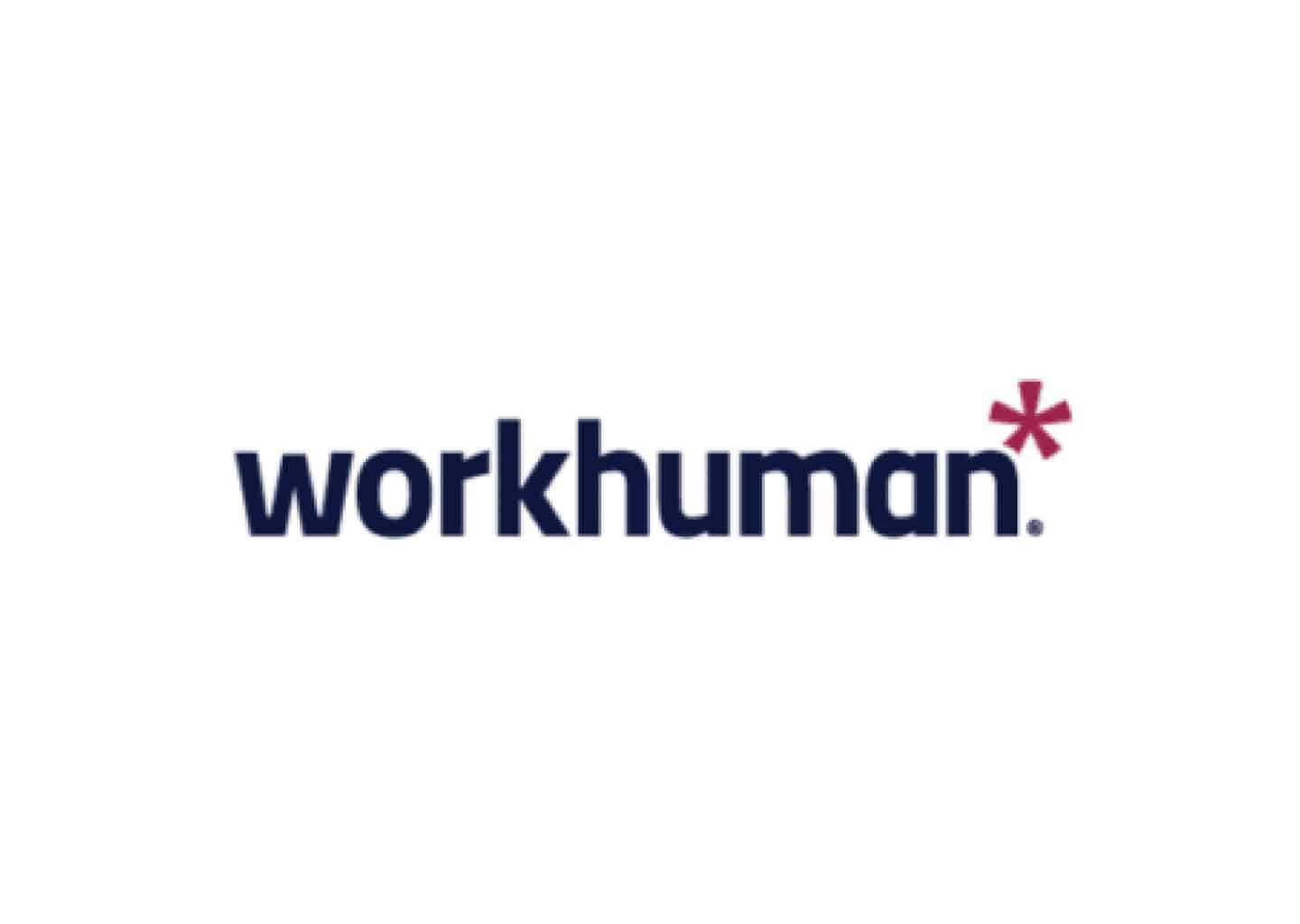The recent announcement of a $100,000 fee on companies that sponsor H-1B visas has sent shockwaves through the business community. While positioned as a way to discourage overreliance on foreign talent, the reality is far more complex. This policy could have wide-reaching consequences for U.S. employers, workers and the broader economy.
For many businesses—particularly in technology, healthcare and engineering—the H-1B program has long been a vital channel to recruit specialized talent that is scarce in the domestic market. Imposing a $100,000 fee will force companies to rethink hiring strategies. Larger corporations may absorb the cost, but small and mid-sized firms will be disproportionately affected, limiting their ability to innovate and compete globally.
Some employers may need to fundamentally change their business models. Many will no longer be able to bring employees to the U.S. under the H-1B program and may instead turn to other visa classifications, such as L-visas for internal transfers. Others will hire employees outside the U.S. and transfer them in after several years of international experience. This shift could trigger a “war for talent” in critical areas, intensifying competition among employers.
Impact on the workforce
Contrary to the idea that higher fees will create more jobs for U.S. workers, the policy may actually harm the workforce. Employers faced with steep costs may either move operations overseas or reduce expansion in the United States. This could shrink job opportunities not only for foreign-born professionals but also for U.S.-born employees who work alongside them.
As employers explore alternatives, we expect to see companies looking beyond traditional markets for talent. Latin America, for example, is already becoming a hub for software developers, and U.S. firms may increasingly invest in nearshore operations rather than hiring domestically. This trend may benefit certain regions abroad, but it will do little to strengthen the U.S. workforce.
Impact on competitiveness

The U.S. economy has long benefited from attracting top global talent. H-1B professionals often contribute to innovation, patent development and start-up growth. By creating a financial barrier, the U.S. risks losing talent to other countries with more welcoming policies, such as Canada, the U.K. or Australia. This could undermine the nation’s competitiveness in sectors critical to economic growth and national security.
When combined with limits on student visas and now new barriers to work visas, the result is fewer pathways for companies to fill critical roles with graduates, scientists and engineers. Innovative products and services may take longer to reach the market. In today’s fast-moving business environment, being slower to market is not just inconvenient—it’s a serious disadvantage.
Strategic approaches in response to the H-1B visa policy
While policy changes can create uncertainty, businesses can respond proactively by leveraging strategic workforce solutions, including those offered by Thrive HR. Tools and guidance to help companies navigate the evolving landscape include:
- Employer of Record (EOR) solutions: Quickly hire employees in other countries, compliantly and without the complexity of setting up foreign entities. This allows companies to maintain access to global talent without being blocked by U.S. visa costs.
- Global workforce strategies: Build nearshore and offshore teams, such as software development hubs in Latin America, to access top talent while controlling costs and mitigating risks associated with regulatory changes.
- Visa strategy and compliance support: Navigate alternative visa classifications, including L-visas, internal transfers and student visa pathways, to maintain critical pipelines for specialized roles.
- Talent strategy and workforce planning: Align HR strategy with business goals so your company can continue innovating and scaling despite regulatory barriers, ensuring continuity and competitiveness.

By combining these solutions with strategic planning, businesses can turn potential obstacles into opportunities for operational efficiency, global expansion and workforce diversity. These approaches allow companies not only to mitigate the immediate impact of the $100,000 H-1B fee but also to future-proof their talent acquisition strategies.
Looking ahead: recommendations for policymakers
Rather than imposing punitive measures, policymakers should consider reforms that balance protecting domestic workers with enabling companies to fill genuine talent gaps. A $100,000 fee may sound like a tough stance, but it risks unintended consequences that ripple across industries, weaken innovation and harm U.S. competitiveness.
We believe a more constructive approach should include:
- Tiered fees based on company size, so that small and mid-sized businesses are not unfairly burdened.
- Greater investment in U.S. STEM education and training, ensuring a stronger domestic pipeline while maintaining access to global talent in the short term.
- Streamlined pathways for students who graduate from U.S. universities to remain and contribute to the workforce.
- Alternative visa options that recognize the importance of internal transfers, specialized roles and the realities of global workforces.
As business and HR leaders, we urge policymakers to recognize the importance of the H-1B program in sustaining U.S. economic growth. A more nuanced approach is needed—one that secures opportunities for American workers without undermining the nation’s role as a global talent magnet.
At Thrive HR, we recommend practical, outcome-focused approaches to help executive teams navigate policy uncertainty. Leveraging EOR solutions, global workforce strategies, and tailored visa and talent planning can help companies maintain continuity and access critical talent even amid regulatory changes. In today’s rapidly evolving environment, proactive workforce planning is not just an operational step—it can be a strategic advantage.






















